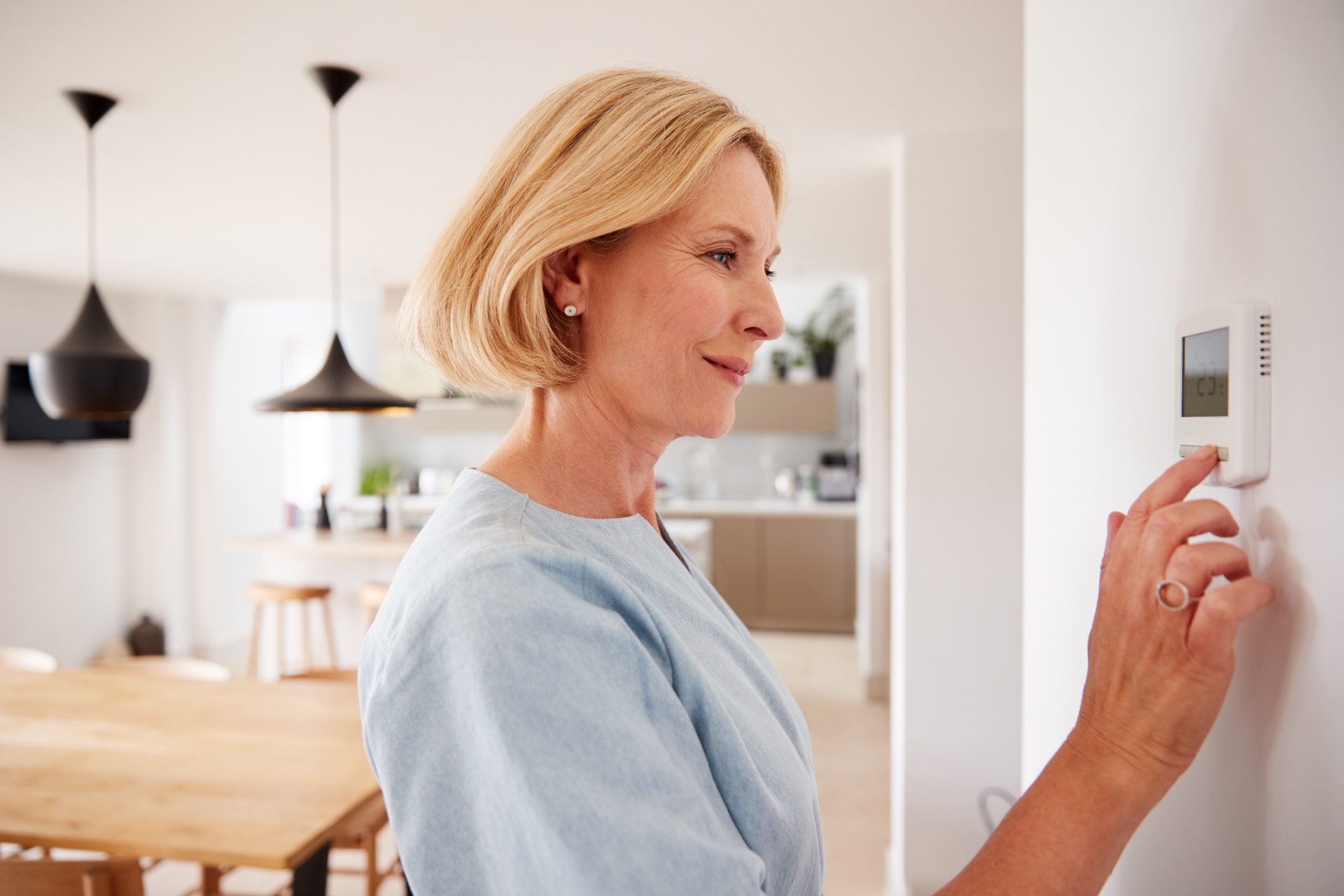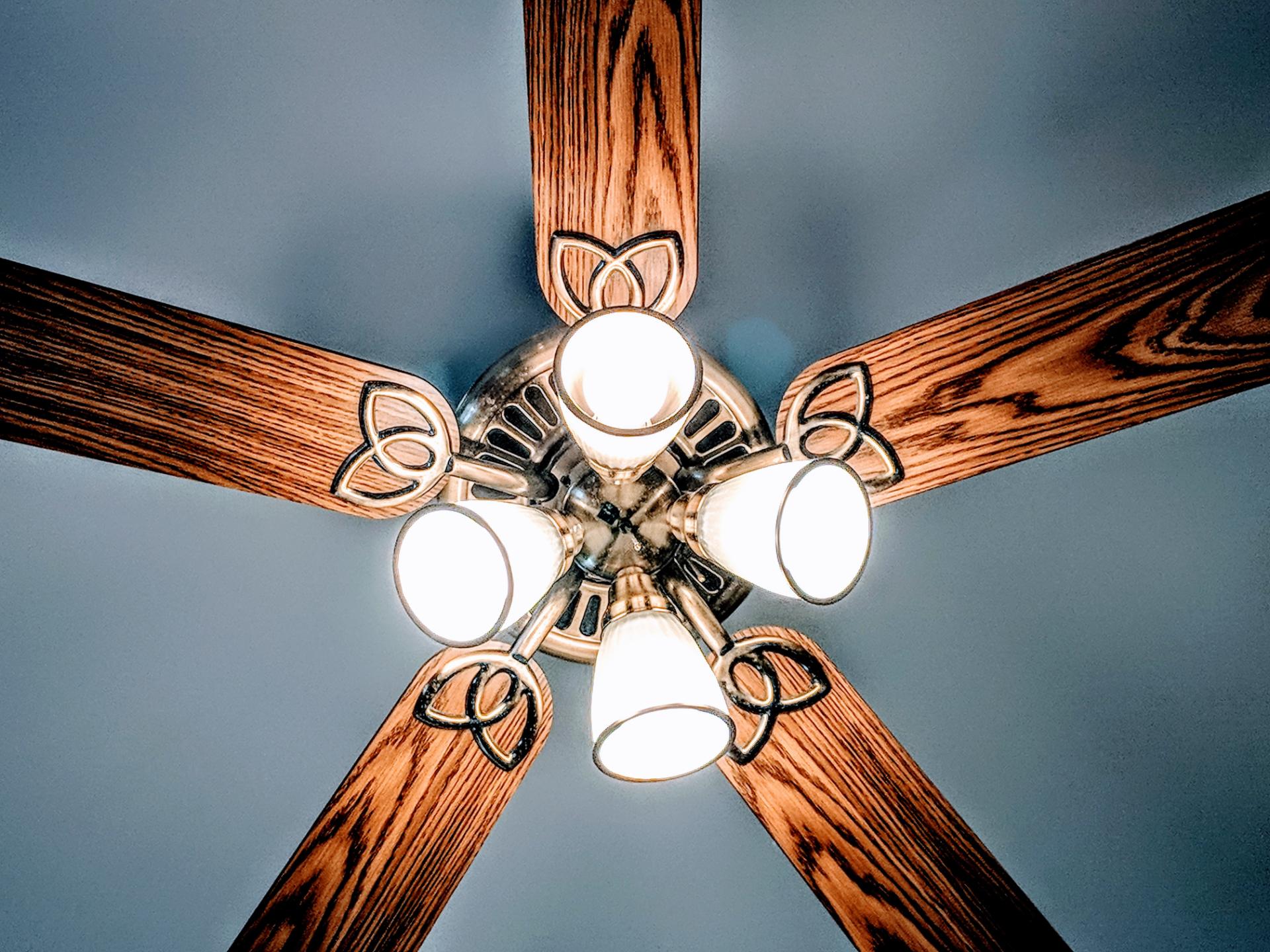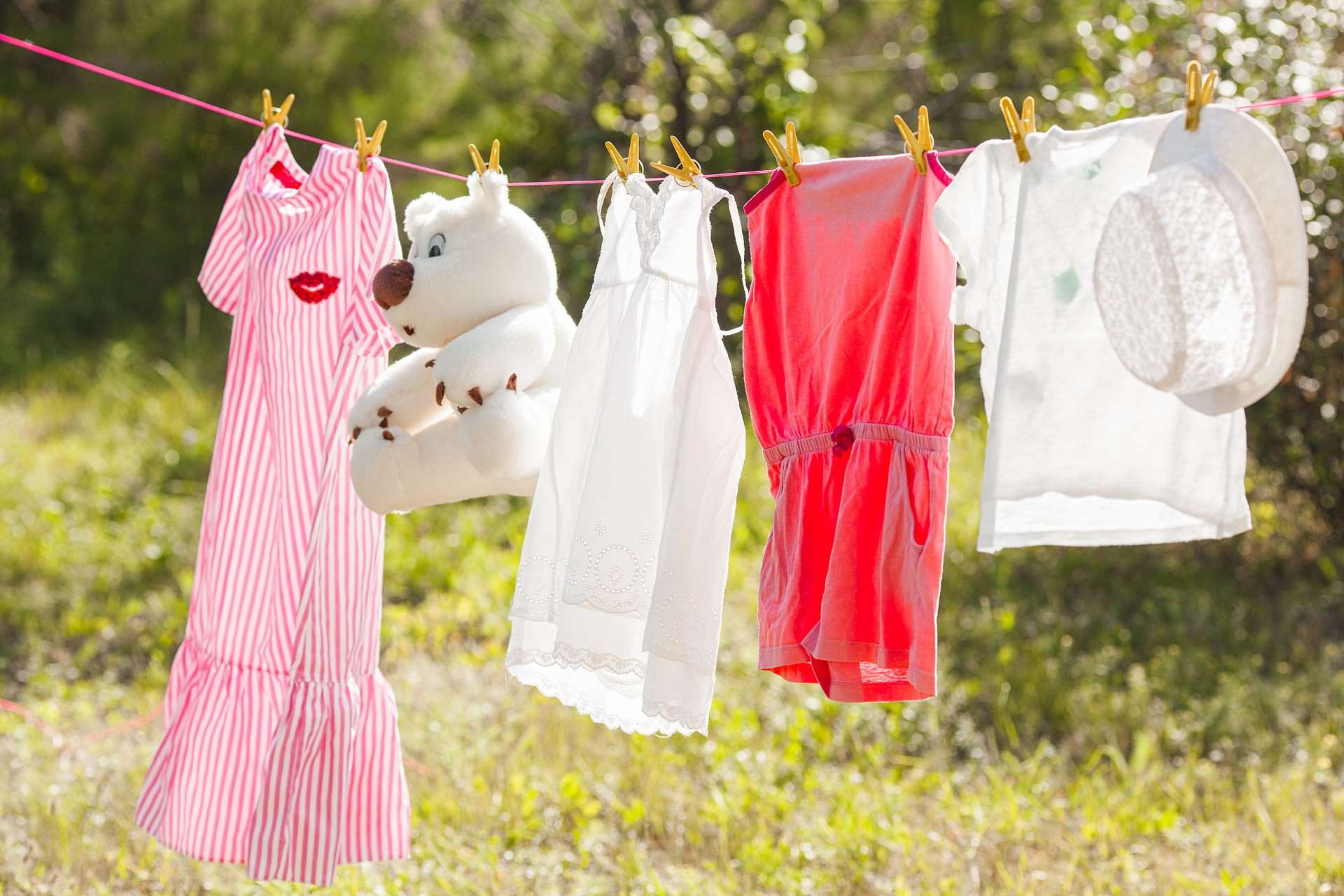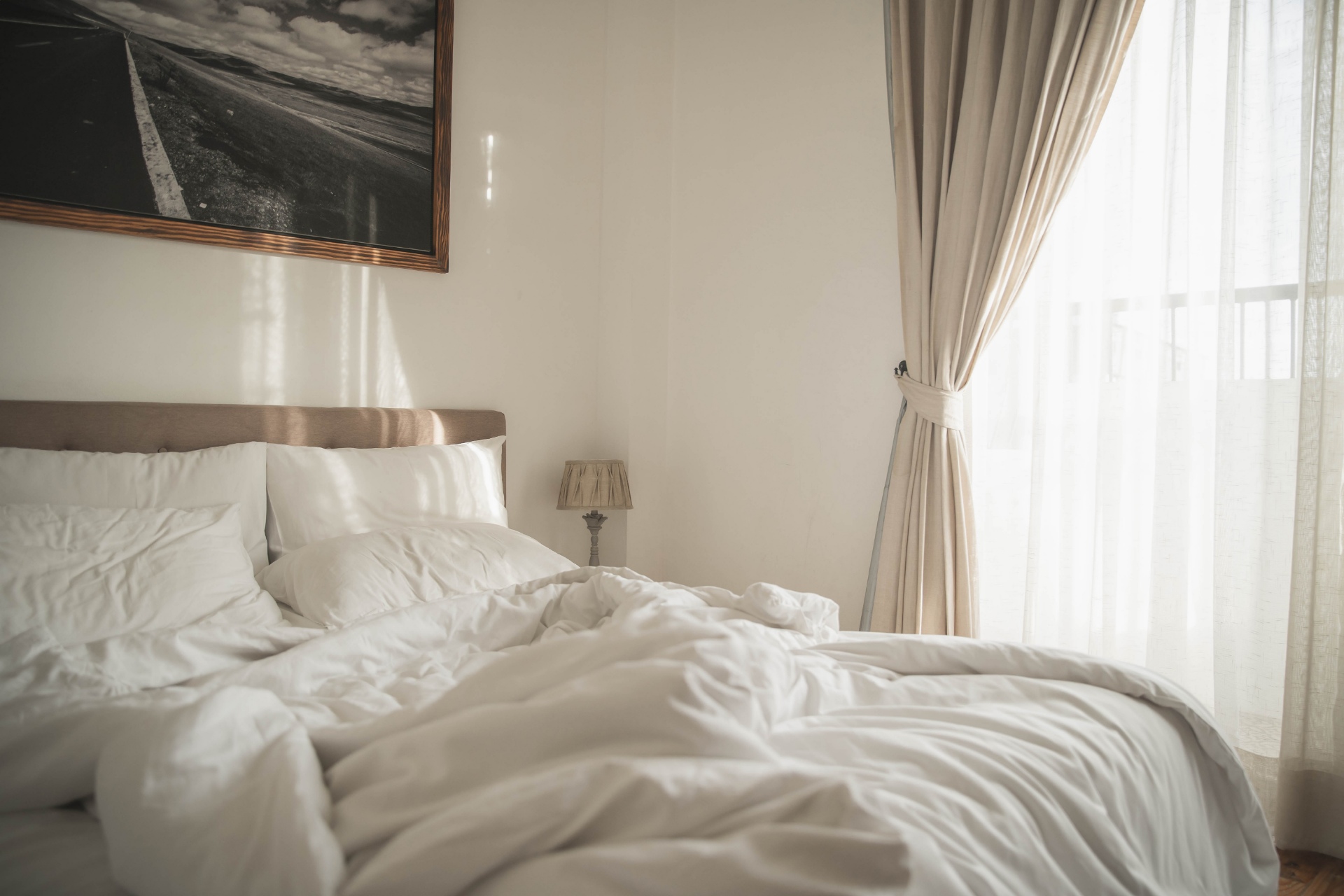Energy efficiency
is essential if you want to be a responsible energy customer in the 21st
century. Not only will lowering your energy usage shrink your home’s utility
bill, but you’ll also help the environment by reducing your carbon footprint.
It’s truly a win-win outcome!
However, the concept
of “energy efficiency” can be nebulous. While lowing your carbon footprint and
electric bill are objectively good outcomes, it’s easy to get confused by what
you’re supposed to do to benefit. We regularly hear questions like:
Those are good
questions! You should want to better understand the bigger reasons behind what
you do, especially when those actions are purported to be important and
“world-changing.” At Chariot Energy, we’re big believers in informing all
energy consumers so they can make the best possible choice for the world.
To that end, we’ve
collected 30 tips to help make your home more energy efficient. We’ve given
nearly every part of the house some attention, and the suggestions have been
assembled in tiers from simplest to most difficult. The idea is to make you
aware of as many tactics as possible so you can implement them according to
your time, budget, and ability level.
Think of this
list as quick hits. Easy wins. Effortless activities. If you’ve ever read an
article with energy efficiency tips, these tips will seem all too familiar.
They’re the sort of changes you can easily make to your home to lower your
electricity bill.
We think of these
tips as a way to show your family the importance of energy efficiency without
too much change all at once. Plus, this is stuff everyone can do, so the whole
family can feel like they’re contributing to improving the house and the
environment.
Every energy
efficiency list starts with this tip because it’s the easiest, most tangible,
and most effective. Compared to traditional incandescent light bulbs, LED light
bulbs use 75% less electricity, use it more effectively, waste almost no energy
as heat, and last 25 times longer. This amounts to $75 in annual savings.
Yes, the oldest
tip in the book. If you leave a room and you know you’ll be gone for more than
10 minutes, you should flip that switch.
Turning them off
isn’t good enough. And yes, we do include the chargers for all of your mobile
devices. Modern consumer electronics have standby settings – the little red
light you often see on screens – that continually draw energy even after you
smash that “OFF” button. This concept is called “vampire power” because it
sucks your electricity.
If you don’t want
to unplug everything every night – and why would you? – you should plug
everything into a single power strip and then flip a single switch before going
to bed each night. The point is to stop wasting electricity when you aren’t
using it.

We aren’t recommending you drop a couple hundred bucks on a fancy smart home device (though you can certainly do so if that meets your needs). We’re talking about a basic thermostat that allows you to enter a few settings and time frames to meet your family’s schedule. When you create a regular pattern for your electricity usage, you can better control your energy bill because you know exactly when and how you’re using electricity.
When you do
install that new programmable thermostat, we encourage you to use the following
settings:
OK, we hear you.
Those might seem extreme at first, but if you work toward those parameters
slowly and keep your family’s comfort in mind, you’ll see savings through these
recommended temperatures.

Your ceiling fans will aid you in using those new thermostat settings. In summer, the rotation of the fan should push air down into the room where it can circulate over people’s skin. In winter, the rotation should point air toward the ceiling where it can then settle in the corners and wrap the room in warmed air.
Changing your air
filter regularly serves two purposes:
In general, you
should change your air filter every month. The only exceptions to this are if
you use an upper-tier filter wherein you can just rinse the filter for several
months before replacing it or if the manufacturer of your HVAC system
recommends changing the filter every two or three months.
You should really
heat as much food as possible in the microwave to save energy. While we love
eating excellent homecooked food as the next person, we also know how much heat
the oven and stove create. And the hotter you make your house, the more you’ll
run your air conditioner to cool your home.
Not only should
you reduce your oven cooking in general, but you should also completely cut out
any preheating. Outside of some very specific baking-related situations, you
don’t need to preheat your oven or adjust your cooking time to account for that
preheating.
This is pretty
simple: your average water heater comes from the factory at 140° F, which is
hotter than you need it to be, no matter how you’re using water. By reducing
your water heater temperature to 120° F, you’re saving money instantly since
you’re not overheating your water.

You can cut your electricity usage even further by not heating the water you need to wash clothes. Washing your clothes in warm water all the time shrinks your clothes, fades the colors, and attacks the seams. The only time you really need to use warm water for washing is when clothes are especially soiled by a sticky or oily substance.
Show your love
for the environment by signing up for a home electricity plan powered by 100%
renewable energy. By choosing green energy, you’re declaring to the energy
industry that you don’t want fossil fuel energy any longer and that you want to
see increased investment in technology that’s good for the environment. The
more people that switch to such plans, the lower the price of that electricity
will become.
With this
section, you’ll see that the amount of time and money it takes to complete a
task jumps a bit. Before, we were asking you to change a few habits and
tendencies around the home. Now, we’re talking about some serious effort – but
it will all be worth it. We promise.
Some energy
efficiency lists walk you through a few exercises you can do to perform a DIY
energy audit. While those are OK, we greatly prefer that you go to a
professional. Not only will they have the most up-to-date tools and technology
to track your energy usage, but they can provide detailed advice on how to fix
what might be wrong with your home. Sometimes, investing in outside expertise
makes all the difference.
No, we’re not suggesting that you fully renovate your home, as that would be far too cost-prohibitive. We’re merely recommending that you replace your next busted appliance with an ENERGY STAR model.
Such devices use less energy and use it more effectively so that you can recoup your investment long before its time to replace it with a newer model.
Like any piece of
machinery or technology, your home appliances need some periodic upkeep to
operate at peak energy efficiency. This includes:
To make a real
difference in the energy efficiency of your home, you should clean your HVAC
unit with a tune-up from a professional at least once a year. If you live in a
warmer climate, get it done in the spring; if your winters are harsher, get it
done in the fall.

This task isn’t
necessarily difficult to accomplish, but not everyone has the available space
to accomplish it effectively. We simply recommend this one if it’s possible, as
it will lower your energy usage and lengthen the life of your clothes.
Limiting your
water usage is an underappreciated part of energy efficiency. The less water
you have to heat, the lower your electricity bill. Hence, you should first
adopt low-cost options like low-flow showerheads and faucet aerators, but to
take things up a notch, you can install two-option toilets that discern the
difference between liquid and solid waste
One of the worst
things you can do to your HVAC system is to allow air to escape. If your door
doesn’t have a good seal, then you’re letting out air you’ve already cooled or
heated. That makes your system work harder, which drives up your electricity
usage and wears down the system faster.
To combat this,
you need to ensure you have good weatherstripping around any door that leads
outside. Obviously, if it’s cracked or dried, it needs replacing, but you can
also check by placing a piece of paper in the door jamb when closed – if it’s
easy to pull out, then you need to replace it. Weatherstripping isn’t difficult
to replace, and you can get kits at your local home improvement store.
The same
principle about letting air escape out your door applies to your window.
Examine your window frames for cracked or dried caulk, and if it’s in poor
condition, it needs to be filled so your home isn’t leaky. You can purchase
caulk and a caulk gun for not much money at your local home improvement store.
You can also take
those two previous steps up a notch by increasing the amount of insulation in
your attic. Industry experts recommend a minimum of R-30, but you might need
more than that, depending on where you live in the United States. For example,
Texans should get up to R-60 in their home attics.

While we are big
fans of using your windows to provide lots of natural light so you don’t have
to keep lights turned on all the time, thick curtains can be very useful. They
help block out sunlight that can overheat your home in summer, which can drive
up your air conditioner usage. Conversely, they can trap in heat during the
winter, so you don’t have to run your heater all the time.
Want to up your
game even more? Ready to put your money where your mouth is literally and
figuratively? This final set of energy efficiency tips might entail significant
expenses, but they also promise increased energy efficiency benefits,
electricity bill savings, and environmental impact.
With nearly all
of these suggestions, you need to first speak with a licensed professional
before you make any purchase. That way, you can choose the right materials and
solutions for your home and situation. You should then use that licensed
professional (or someone they recommend) to complete these tasks since they all
involve specialized knowledge, tools, and materials unavailable to your average
homeowner.
Yes, we know.
This is a large purchase, but since over half of your home’s energy usage can
be attributed solely to heating and cooling, an old or faulty HVAC unit can be
the biggest driver of your high energy usage. Replacing your old system with a
new one will go a long way toward controlling your usage habits as well as
simply heating and cooling your home more efficiently.
Did you install a
new HVAC unit but aren’t seeing the drop in energy usage and rise in energy
efficiency you were promised? That might be because your ductwork is shoddy and
in disrepair. You could have a top-rate HVAC system at your home, but if your
ducts are cracked, leaky, or rusting out, you’re literally blowing hot air into
your attic. This hurts your electricity bill and the environment.
Your walls can
leak air just like your windows and doors, but they can be harder and more
expensive to upgrade. But depending upon the age of your home, this tip could
be both supremely beneficial and supremely costly. Older homes simply don’t
have as much wall insulation installed, and they’re often not constructed in a
way where new insulation can be added easily.
After a while,
even new weatherstripping won’t help your home if the door itself is aged,
broken, or in disrepair. You might need to invest in a new front and/or back
door to help your home retain air more effectively. A new door will fit the
door frame more snugly, and any glasswork will be in top condition so air
doesn’t leak through the panes.
Once again, the
same principle applies. No amount of caulk will fix windows that are loose in
their frames and jambs. New-school energy-efficient windows are double-paned to
keep your treated air inside and the outdoor air outside. They are a
significant but worthwhile investment, especially if you want to sell your
home.
Honestly, we
recommend installing a ceiling fan in nearly every room of your home. No, we
aren’t talking about your closet, unless you have a luxury walk-in with sitting
area. We’re talking about any room where your family congregates for any
stretch of time. As we discussed before, a ceiling fan will keep your family
comfortable without needing to overwork your HVAC system.
Even when you
lower your water heater temperature to 120° F, you’re still using lots of
electricity to keep a full tank heated all the time. But how often do you
really need all that hot water? Not very often – just for your shower, a few
loads of dishes a week, and the rare load of extra-dirty clothes.
A tankless water
heater will give you hot water only when you need it, as opposed to sitting
around in a tank wasting electricity. Most new models will help you save over
$100 a year in water-heating costs, which means you’ll start seeing the return
on your investment well before the unit needs to be replaced.

The strategic
planting of a tree or two can help your home and the environment even more. The
shade from the tree will help moderate your home’s temperature in summer and
winter, as it blocks sunlight and enhances your insulation. Since trees take in
carbon dioxide and expel oxygen, you’re lowering the carbon footprint of your
home.
Everything we’d
talked about in this post will help your home use energy more effectively. In
turn, this helps you use less energy at home, which will always lead to a lower
electricity bill. But how does this help the environment? Because anything you
can do to lower your energy usage will reduce the resources needed to generate
that electricity. And even if you use exclusively renewable energy sources for
your home electricity, being more energy efficient shows your respect for the
environment and our planet.
Interested in
becoming more energy efficient, but you’re unsure of where to begin? Just pick
a couple of things from the easy list to start, and once you become a pro at
those, try some new ones while slowly increasing the difficulty level. You’ll
find that it’s easier to break old habits and create new ones if you give
yourself some space to grow and develop.
Welcome to your new energy-efficient life!
Sources: